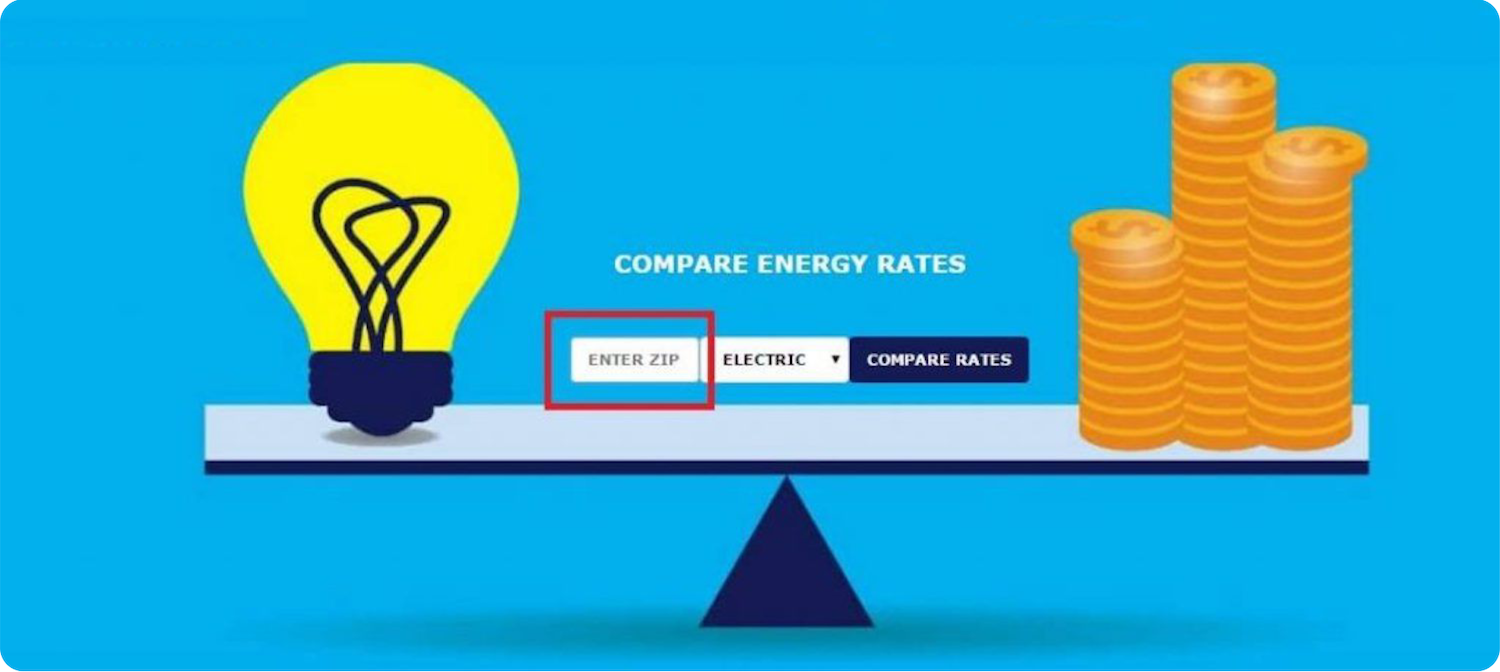5 Steps To Switch Your Electric Company
When you buy a home or move into a new house, it’s generally pretty easy to find out who your utility company is and they usually service the entire area. Many homeowners think that it’s therefore a given and you can’t really do much about it. However, you can switch electric company if you want to, provided that you live in a state that allows it.
Not all states allow households to change their electricity provider, but California does and this could potentially save you a lot of money. The level of difficulty in changing your electric provider is not high at all, despite common belief. You can do most of the research online, and then deal with the actual switch on the phone. It may require some time commitment, depending on how much in-depth research you want to do.
Before you get really excited at the chance to switch your electric company, there are a few basic questions you should answer. Below, we walk you through 5 most common steps you’ll have to take, as well as basic considerations to take into account, from potential cost savings to customer service comparison and more.
1. Can You Switch Electric Company?
As mentioned above, the first step you need to take is figure out if you are even able to do this. There are currently 15 deregulated energy states, which allow homeowners to switch and choose their energy provider. California is one of them, together with Texas, Pennsylvania or Illinois. Because of this choice, electricity providers face more competition, which can work in your favor. They will be more willing to offer you better rates and terms in order to gain your business.
Even after a certain company has gained your business, you can still change your mind and switch as often as necessary to meet your needs. One thing to know and remember though, is that even though electricity providers are deregulated and compete for business, the delivery of electricity is regulated by the state, so even if you switch companies, your electricity will be delivered the same way.
To that extent, moving from one company to another should not disrupt your service in any way, as in most cases it doesn’t even require an on-site visit from the new company’s technician.
2. Will You Get Better Rates?
Now that you’ve established you are in a position to switch, the second step you need to take is figuring out if it’s worth it. People usually consider making this change in order to get better rates and save money. You can use comparison websites, such as Utility Choice, or any other you can find, to compare plans and rates in your area. Just make sure the information you get is up to date for the current year.
But the cost to consider is not just in terms of electricity rates. If you switch before your current contract is up, then there may be early termination fees that you’ll have to pay. You’ll have to check what terms your contract is under, as some utility providers offer month-to-month or short-term contracts, while others offer multi-year options.
To understand your existing rates, terms and penalties, you need to properly read your contract, and only then you’ll be able to accurately compare to other suppliers. Sometimes, it makes more sense financially to stick to your current provider than switch before the end of the contract and have to pay huge penalty fees. However, other times, it may be worth it, so just keep in mind the potential for value when making these comparisons.
3. What’s The Best Deal?
As mentioned above, lower rates are not the only thing to take into account when you want to switch electric company. You have to also look at the available plans and consider what works best for your household’s usage habits. So, the next step would be trying to calculate the best possible deal. In this stage, you may want to look into the type of billing different providers offer. Some may offer equal billing throughout the year, which may be convenient to you. You can also check for automatic payments discounts and other such things that could sweeten the deal.
Costly contract stipulations are also something to look for. You don’t want to make the switch only to have to deal with unforeseen costs. Check things like the length of commitment, termination fees, incentives, auto-renewal, and more. Obviously, check the price per kilowatt-hour, but also the type of power provided.
4. Can You Negotiate With Your Current Provider?
Before you commit to switching to a new supplier, you can also ask your current provider for better rates. This is an important step as it can save you any hassle. If you already have a good deal offer from another company, you can call your current one and ask them to match it. Since it’s much easier to retain a customer than to acquire one, companies may be willing to match your offer.
5. Make The Switch
The last step is to make the actual switch in case your current provider couldn’t match the offer. You can either do that online, or you’ll have to contact the new electricity provider by phone and request to establish service. If you haven’t during your research stage, then ask your new supplier all the questions you want answered now. For instance, even if you checked the price for kWh, you should ask whether this offer is fixed rate, variable or indexed. You should also ask if you pay for energy you don’t use or if there’s a penalty for installing solar in the future. All of these are important aspects to know before you give them final approval. If you have any questions about hour home’s electrical system, then contact us and our licensed electricians will be happy to help.



